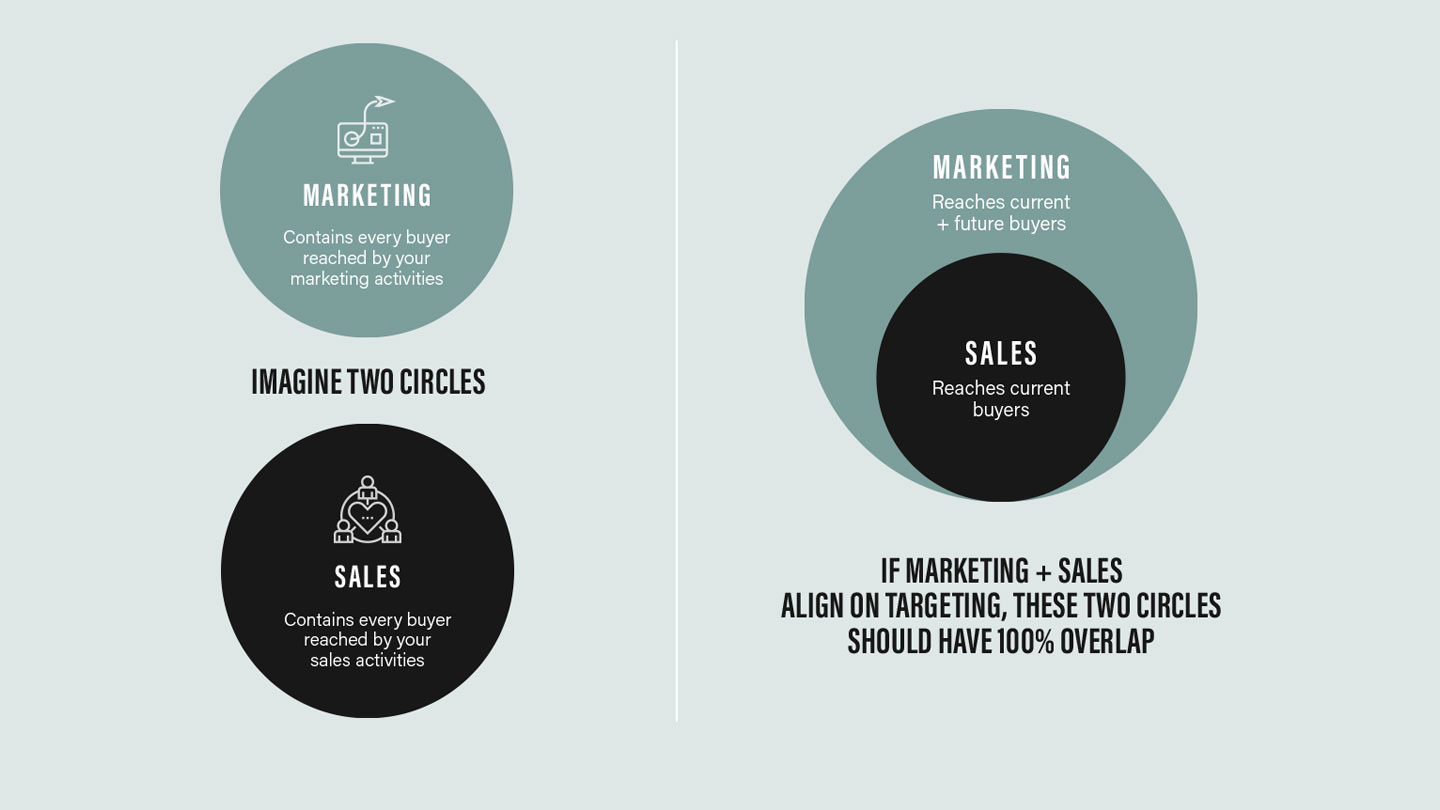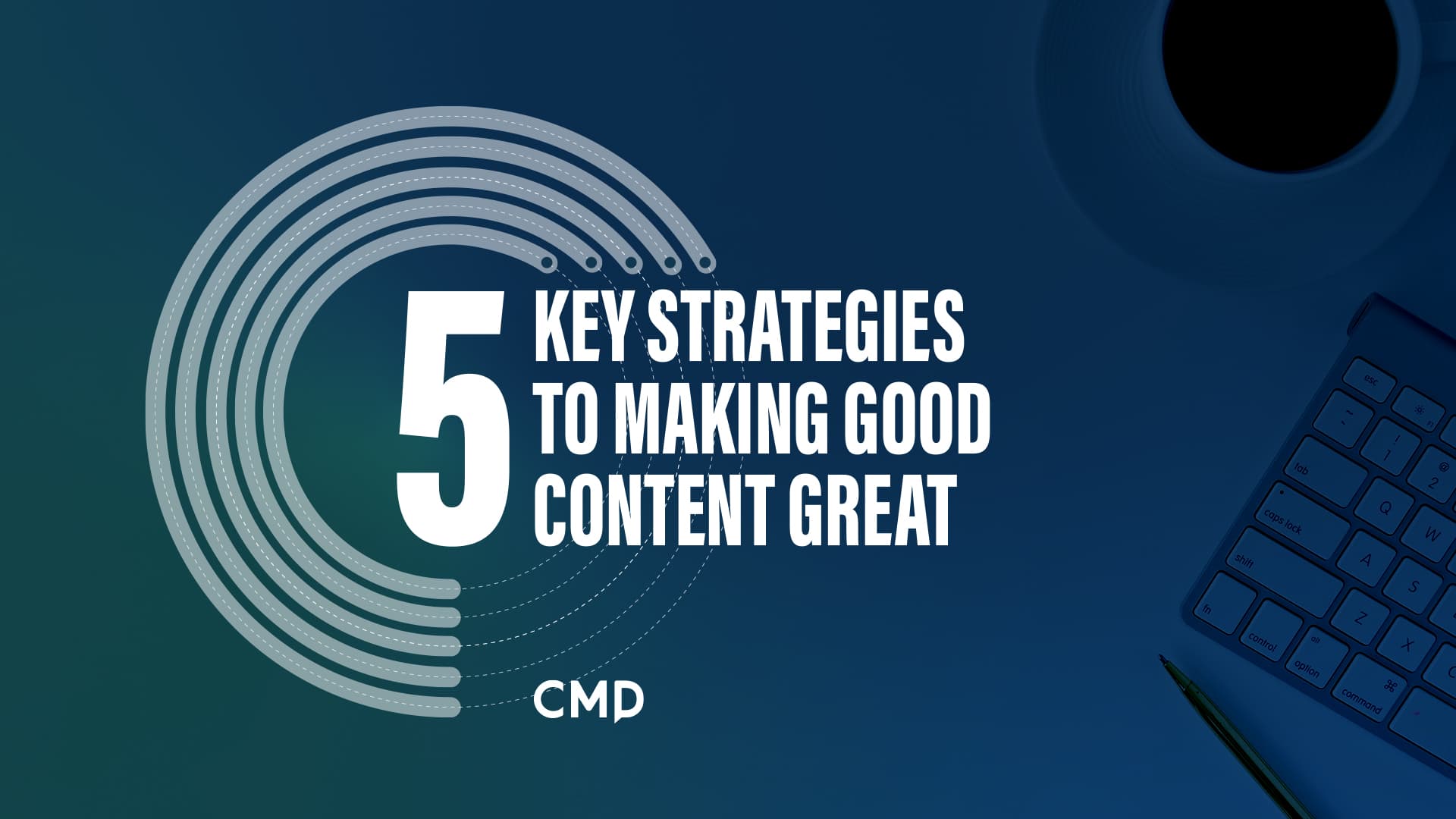Red-Hot Project? Take a Breath and Review the Basics

From time to time, hot, quick-turn projects come in. A client needs us to create something for them right away — preferably sooner. Many times, I’ve seen CMD deliver exceptional work under time frames and conditions I didn’t think possible. This was often feasible only because of the heroic efforts of key individuals to get it to the finish line.
While those heroes deserve their well-earned thanks and sense of pride, many lost weekends, all-nighters and high-volume expletives might not have been necessary if some very important details were collected and shared at the outset.
Invest in success
Obvious ways to save precious time are to cut red tape, skip the formal ramp-up and jump right in, right?
Well, no. Formalities like creative briefs exist for very good reasons: to inform contributors and ensure creative, account services and client are all aligned on the needs, the details and the plan. Being literally on the same page is even more crucial on high-velocity projects where there’s no time to go off in the wrong direction.
Time spent documenting and communicating at least these vital details when starting a red-hot project is a smart investment that pays dividends in focusing minds and avoiding time-wasting missteps or worse.
Look up and stay on course
The North Star for any project is the overall client goal for that effort. It’s the why behind the what. It’s the thing that everyone should be able to look to, to make sure their ideas and efforts are tracking on a course toward achieving it.
Sometimes it might seem the client’s goal is so obvious that it should go without saying. Fantastic! Then it should be simple to write it down to make sure everyone has come to the same obvious conclusion (there’s that cliché we all know about the word “assume”).
Who are we talking to?
Audience is an essential element of all communication. To craft a brilliant approach, insightful headline or arresting visuals, the creative team needs to understand who they are trying to deliver this clutter-blasting message to — in as much detail as possible.
But with an existing client, shouldn’t the team already know what’s meant by “small business owners,” “gamers,” “builders” or “millennials”?
Maybe, maybe not. Without a good picture of who the client wants them to communicate with, the team will fill in the gaps with whatever preconceptions, general character sketches and assumptions about the target audience. Your results and mileage may, of course, vary.
Here it is!
Okay, so what is it? After months or years of working on something, clients can get so far into the weeds that they assume that everyone they work with — including their agency — must already know what this new thing is and why it’s so special.
Especially on a rush project, there’s little time to spare trying to figure out what the product/service/announcement is and why anyone should care about it. The unique selling proposition (USP) for the thing needs be clear. Answers to a few straightforward questions help the creative team understand the USP and the communication challenge:
– What is it?
– How is it different or special?
– Why should the audience care?
– What do they know already?
– What do you want them to know?
– What do you want them to do?
– Bonus question: Why might they be resistant to your message?
But there’s no time to get those answers, you say? There’s no way around it. This is another aspect where the answers will be filled in the course of the project. For example, writers will automatically consider these aspects when writing something as simple as an email subject line. And just like with the audience, without formal answers, they will fill in the blanks with guesses and assumptions.
While the creative team may have a great track record for surmising and guessing correctly, nobody bats a thousand. Taking the time at the outset of a project to outline the goal, audience and USP — especially when the project is moving fast — helps increase the chances that the agency will hit it out of the park.
Related Perspectives

Get marketing and sales aligned for more visibility (and profits!)
Marketing and sales teams cannot operate in isolation. Learn what you need to know to create alignment and get more from your efforts.

5 Key Strategies to Making Good Content Great
Standing out in a sea of content is the charge—and challenge—for B2B writers in today’s digital business environment. Writing well isn’t enough, nor is an outcome of purchase transactions. Instead, measuring great writing means delivering value to readers who, ultimately, act to extend their relationship with your brand.